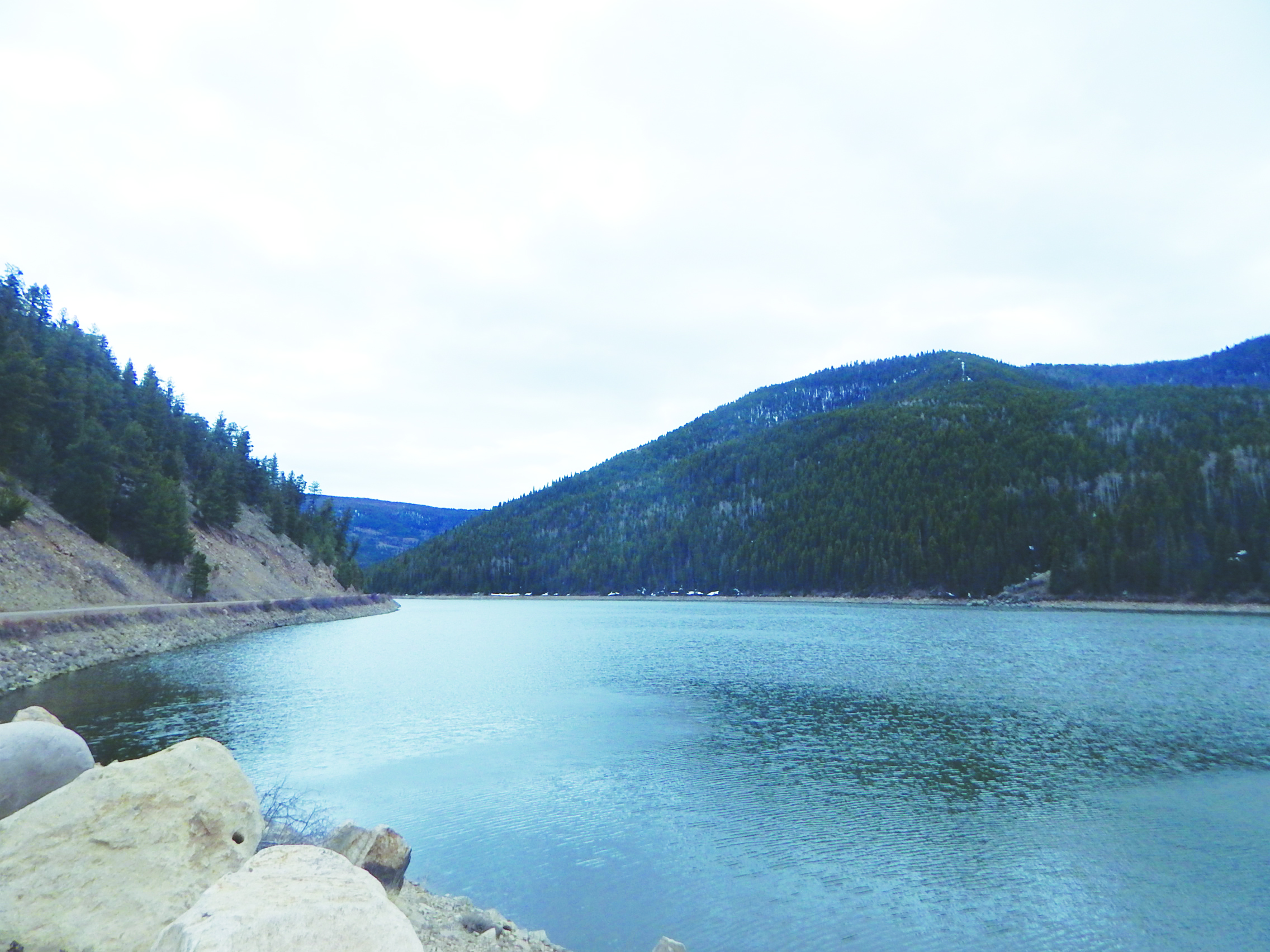Beaver Creek Reservoir filled

SOUTH FORK — Beaver Creek Reservoir is finally being filled after being out of commission for more than three years.
The project has come a long way since 2010 when signs of damage were first noticed by Colorado Parks and Wildlife officials in the structure of the dam, which led to plans of reconstructing the main structure for the safety and life span of the reservoir. The water source is used for recreational, agricultural and drainage purposes that span the entire Valley.
Officials began the project in early 2013 by draining a portion of the reservoir little by little. Colorado Parks and Wildlife (CPW) announced that same year that they would no longer stock the reservoir with native fish and would be opening the catch limit to the public in order to utilize as much of the aquatic life as possible. Once the fish were depleted in numbers, CPW drained the reservoir and commenced with the rehabilitation project.
Originally, crews and officials hoped to have the reservoir filled and active by the fall of 2015, but several snags caused delays in the completion of the project.
According to Joe Lewandowski, public information officer with CPW, crews began to fill the reservoir in the fall of 2015 as planned. Engineers with ASI Construction Inc. monitored the progress as water began to get deeper and noticed some issues in the structure.
“In February, several small depressions appeared on the left side of the reservoir upstream of the dam. These depressions occurred in an area that was used during the construction and are an indication that the material at this location was not compacted as it was placed. Out of an abundance of caution, CPW engineers lowered the level of the water and found the spot that had not been properly compacted,” said Lewandowski.
Beaver Creek Reservoir is home to several types of local fish including Kokanee salmon, brown trout and rainbow trout. Now that the reservoir is back in working order, officials plan to continue to stock it as usual. The entire project cost around $15 million to complete and was made possible by a joint effort through CPW engineers and staff as well as crews from ASI and officials with Colorado Division of Water Resources. The reservoir itself is owned and managed by CPW.
According to Lewandowski the reservoir has been stocked with several thousands of fingerling fish that will need about two years to grow to a catchable size. In the meantime, several other fish have also been placed in the reservoir that are full grown and can be caught now. The reservoir follows basic Colorado fishing regulations and will allow salmon snagging later in the fall. Always be sure to know the regulations in the area. Visit www.wildlife.state.co.us for fishing regulations in Colorado.
Local residents and summer guests are pleased to have the reservoir back, which originally brought many people to the area for the fishing and boating opportunities. Now that the reservoir is back in good condition, the Colorado Parks and Wildlife will focus on other area projects that include road and bridge repairs, as well as campground and picnic area rehabilitation in the area.



